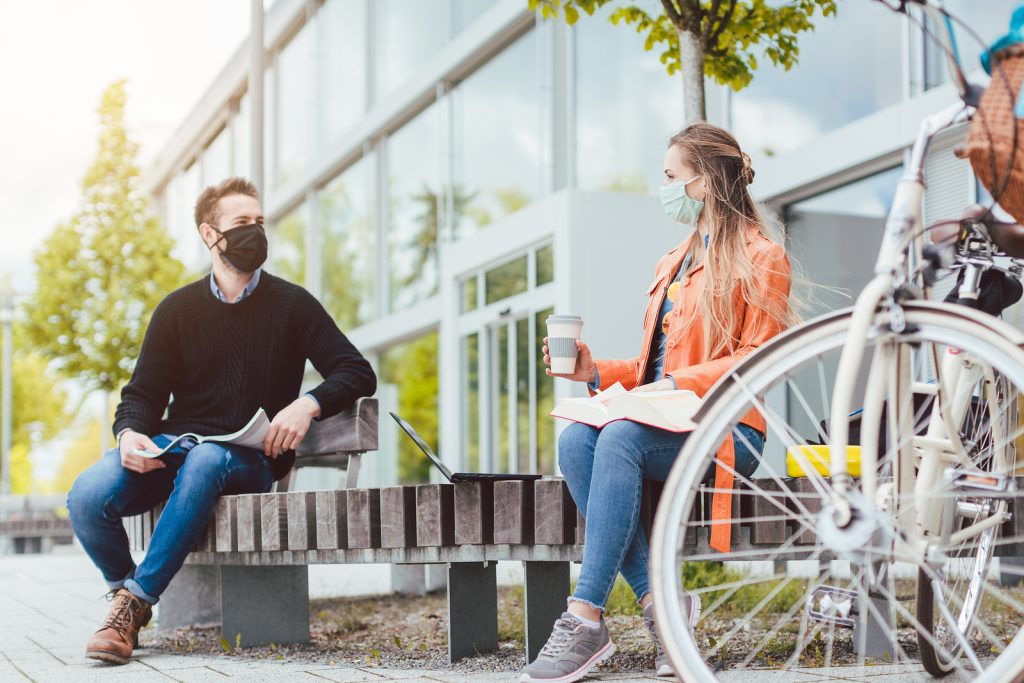
It almost feels that life never existed before the uninvited pandemic shut things down. We no longer hear music from local event venues or the activity of busy pedestrians traversing city streets during a busy workday. While we are in a phase of re-opening to the public, there are rules.
As of Wednesday, June 3, Texas began Phase 3 of reopening.
- All businesses currently operating at 25% capacity can expand occupancy to 50% with certain exceptions.
- Bars and similar establishments may increase their capacity to 50% if patrons are seated.
- Amusement parks and carnivals in counties with less than 1,000 confirmed positive cases may open at 50% capacity.
- Restaurants may expand their maximum table size from 6 to 10 persons.
Friday, June 12
- Restaurants may expand their occupancy levels to 75%.
- Counties with 10 or fewer active COVID-19 cases may expand their occupancy limits to 75%. Counties that fit this category but have not previously filed an attestation with DSHS will need to do so.
- Friday, June 19
- Amusement parks and carnivals in counties with more than 1,000 confirmed positive cases of COVID-19 may open at 50% capacity
Fourth of July and other celebrations
Special provisions have been made for outdoor gatherings, such as Fourth of July celebrations, but it is imperative that local officials and public health officials collaborate on safety standards.
These provisions are included in the Governor’s Executive Order and are also available on the Open Texas webpage. (Smith 2020)
The closures and new rules of engagement are to enforce social distancing as a safety measure and a crucial public health intervention that can help stop transmission of COVID-19. At the time of this publication, COVID-19 is still rising globally and has no vaccine to stop it. Each country has a different set of rules for pandemic mitigation and visitors from outside of the US may make it difficult to track and quarantine carriers of the virus. It is all uncharted waters.
According to the Centers for Disease Control & Prevention (CDC), social distancing means ‘avoiding crowded places and maintaining distance from others when possible.’ Now, let us fully understand what social distancing means and how it can be practiced.
What Is Social Distancing?

Image Source – CDC
Social distancing, also called ‘physical distancing,’ means keeping space between yourself and other people outside of your home. To practice social or physical distancing:
- Stay at least 6 feet (about two arms’ length) from other people
- Do not gather in large groups
- Stay out of crowded places and avoid mass gatherings where people are not wearing masks
People can spread the virus even before they know they are sick even when there are no visible symptoms. Social distancing is especially crucial for people who are at higher risk due to compromised immune systems.
So what does this mean? Avoid gatherings outside at places like a friend’s house, parks, restaurants, shops, or any other public space without proper precautions. This advice applies to people of all age groups, including teens and younger adults. (CDC 2020) We are still getting conflicting messages from public and political officials on whether we are safe with reopening. It is best to err on the side of caution and continue to avoid public spaces.
The Reality of Social Distancing
These guidelines issued by governing bodies like the CDC are not law which means the rules are subject to interpretation and personal liberty as to whether to comply. Some choose to walk too close to others in the supermarket. Others decide to go on a jog without wearing masks, panting as they go by, etc. Large crowds at events, and recent social and political gatherings are also seeing personal indifference. It is a scary situation. (Goldman 2020)
Pause to think about what you can do as a socially conscious and responsible person. It’s not just about protecting ourselves, it’s also meant to protect vulnerable populations. Even if you have no reason to believe that you have not been exposed to the virus, practicing social distancing to prevent the spread of COVID-19 is our best chance to regain our ability to return to normal.
We Will Recover
A few months of social distancing is affecting everyone in different ways. We are used to freedom when it comes to having fun. It’s important to remember that we have seen hard times before. We are resourceful people and will come back from COVID-19 with a renewed sense of health and safety as we are all aware of the importance of how viruses like coronavirus work and how to create safe public spaces going forward.
While we recover together, and continue to navigate to preventative treatment, we are here to serve the community and visitors to our city in need of ER convenience. We have COVID-19 rapid testing, on-site radiology, labs with rapid results on bloodwork, and can diagnose and perform life-saving care.
Works Cited
Smith, Tierra. “Phase 3 of Reopening Texas Allows All Businesses to Reopen at 50% Beginning Wednesday, Abbott Says.” KPRC, KPRC Click2Houston, 4 June 2020, www.click2houston.com/news/texas/2020/06/03/phase-3-of-reopening-texas-allows-all-businesses-to-reopen-at-50-beginning-wednesday-abbott-says/.
“Social Distancing Keep Your Distance to Slow the Spread.” Https://Www.cdc.gov/, 2020, www.cdc.gov/coronavirus/2019-ncov/prevent-getting-sick/index.html.
Goldman, Leslie. “What Are the Rules of Social Distancing?” Vox.com , Vox, 15 Mar. 2020, www.vox.com/2020/3/15/21179296/coronavirus-covid-19-social-distancing-bored-pandemic-quarantine-ethics.
